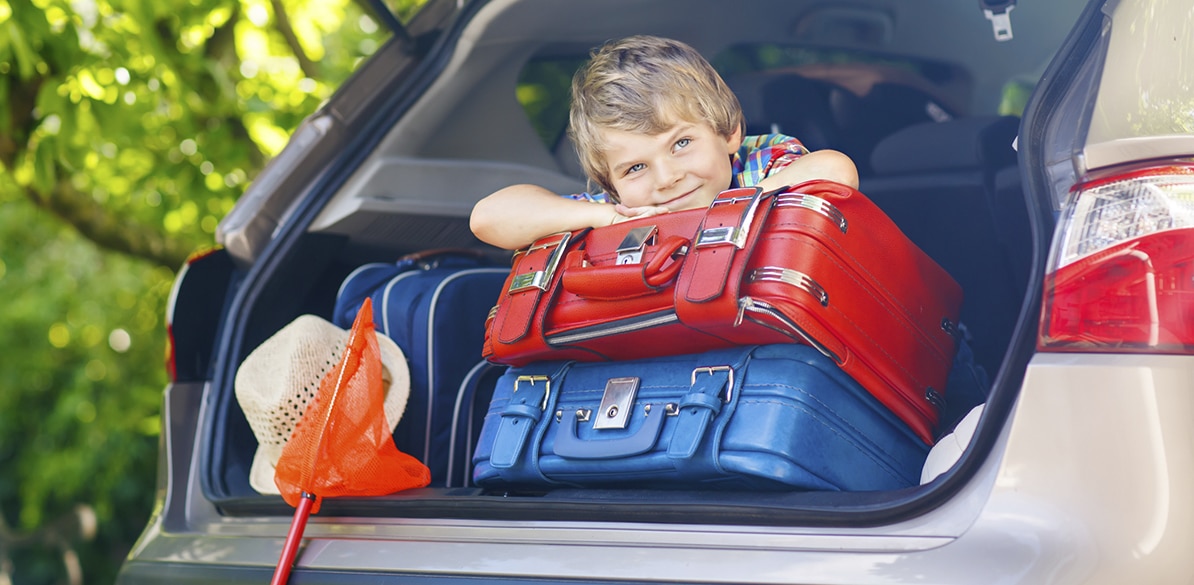Child safety on vacation: how do I know if my CRS is valid for my vacation?
Tips for enjoying a hitch-free summer

Road Safety
To travel safely we must take the following aspects into account. If we travel by car in Europe we must be aware of the requirements for the use of child restraint systems in the countries we visit, since, although there are common criteria regarding the use of these devices, the height and age at which children should stop using them varies from country to country.
For example, while in countries such as Spain, Portugal, Denmark, France, Belgium, Sweden, or Finland, children must travel in a child restraint system until they are 135 cm tall, in other countries such as Germany, Austria, Italy, Hungary, Poland, Bulgaria, Romania, Cyprus, Slovakia, Luxembourg, their use is mandatory up to 150 cm in height.
We therefore recommend that you consult the local regulations on the use of child restraint systems in each country you are going to visit before you leave on your trip, and do not assume that, as they are European countries, the legislation will be the same as in Spain.
Countries outside the European Union
If we are traveling outside the European Union we need to check which child restraint system we will need, as some countries, such as China, the United States, Canada, Australia, Brazil and Chile, have their own laws on the matter and we will not be able to use our own car seat.
If we travel to any of these countries we have no other choice but to buy or rent a child restraint system when we arrive, as these devices are not sold in Spain.
3 basic tips
In addition to respecting the laws of each country, we must never forget the basic recommendations we should always follow when using a child restraint system. These can be summarized in three basic rules:
Appropriate child restraint system
The child restraint system must be appropriate for the size and weight of the child. This also implies that infants must be rear-facing for as long as possible and, at least, until they are 15 months old. For children over 100 cm in height, in Spain they must be in their CRS up to 135 cm (recommended up to 150 cm), but, as we have seen above, there are many countries where this is mandatory up to 150 cm. This is really something very important to ensure that the child restraint is correct in the event of an accident.
Installing the correct child restraint system
If we do not install the child restraint system correctly, the child will be attached to the seat, but not to the car. If there is a collision, the child could actually be thrown out of the vehicle, or hit the internal parts of the vehicle at high speed. For this reason, it is crucial to make sure that the child restraint system is properly installed. To achieve this, the manufacturers of child restraint systems make an enormous effort, providing manuals, videos, QR codes and a lot of other information to ensure that the child seat is installed correctly. Dedicating a few minutes to checking these instructions and making sure that the CRS is correctly fitted into the car can save your child’s life.
Securing the child correctly
The third basic rule to guarantee that the child has the best possible protection in the event of a road accident is to restrain them correctly, either by means of a harness or a seat belt. We must make sure that the restraint is correctly positioned and at the correct height, always following the manufacturer’s instructions. It is also necessary to make sure that the harness straps or the belt are not loose or twisted, and that they are in good condition. Finally, we must make sure that the buckle is properly fastened.
Hopefully, these recommendations will make your trip as pleasant and safe as possible.
